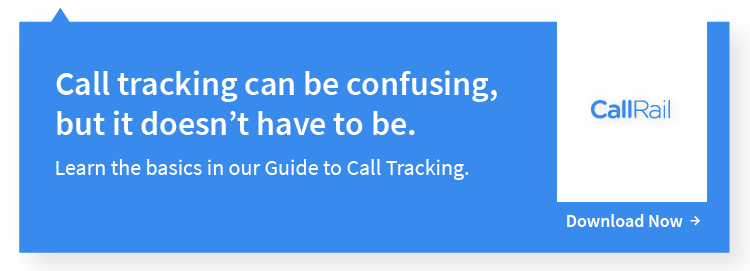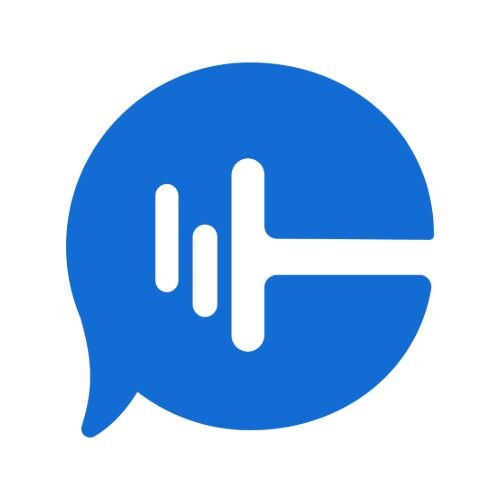Updated: July 24, 2018
What is Parallel Tracking in Google Ads?
Parallel tracking is a method of loading a landing page URL of an ad separately from a tracking URL, which loads in the background, in order to decrease landing page load time. Effective 2018 Google Ads will use this type of tracking by default for all ads.
Previously, the user would click an advertisement and be taken through multiple tracking redirects to get to the final landing page. This process slowed down the loading of the landing page, producing a poor user experience and potentially causing users to abandon the landing page altogether.
The goal of parallel tracking is to help landing pages load quicker. Google says that “parallel tracking will finish rolling out to all Ads accounts in early 2018.”
How Will Parallel Tracking Affect my CallRail Call Tracking?
In short: It won’t.
Jason Tatum, Senior Product Manager at CallRail says, “If you’ve set up URL parameters manually as a ‘Tracking Template’ or ‘Final URL suffix’ within Google Ads, you’ll continue to receive the same valuable data about your callers just as you did before Google released parallel tracking. If you’re using a different, third-party service outside of CallRail that adds URL parameters as a redirect for additional tracking, we recommend checking with that provider to ensure their redirects don’t impact CallRail or parallel tracking.”
To ensure parallel tracking doesn’t impact your CallRail data, check out our help article on implementing our optimized tracking formula.
Tatum warns that, “Eventually, the option to turn parallel tracking on or off will be removed from Google’s interface, but if there aren’t redirects happening on your URLs, then your CallRail data shouldn’t be impacted by parallel tracking.”
What Does it Mean for My Business?
According to Google support, parallel tracking should mean a better user experience for those who click your PPC or display advertisements online. This means that campaign performance should also improve as searchers are taken directly to the page they click, instead of sitting through the tracking redirects that add unnecessary page load time.
Over half of “mobile site visitors will leave a page that takes longer than three seconds to load,” according to The State of Online Retail Performance. That’s a lot of potential customers who see load time as a barrier to entry to conversion.
What Do Advertisers Need to Do Now?
In its announcement about the change, Google recommends that advertisers who use third-party trackers reach out to determine how those partners are preparing for parallel tracking implementation: “For example, if you use custom third-party URL parameters or a dynamic landing page redirect and your provider is not compatible with parallel tracking, your tracking or landing page could stop working when you turn on this setting.”
For 3rd party tracking software that does not use tracking tags, the primary issues with the change may be seeing double pageviews in their data or a slower load time of dynamic content that depends on tracking parameters.












